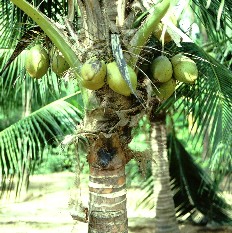Updated: 2007-07-16 07:01
The finishing touches must still be done, but, as sources with the
national planning authority say, all that is left is the math - the
easiest part.
The outline of a sophisticated, in theory at least, blueprint is clear
enough on the drawing board - to subsidize the production of
non-grain-based fuel ethanol and make it as profit-able as traditional
fuels.
The plan could be the best possible way to cope with the dilemma we are
facing. On the one hand, there is the pressing need to find alternative
sources of energy to ease the pressure our economic growth is putting on
domestic and overseas supplies; on the other, there are practical
concerns about grain security.
Derived from plants, fuel ethanol is a renewable source of energy that
releases much less carbon dioxide than petroleum-based fuels. Ethanol
gasoline, a 9:1 blend of traditional gas and fuel ethanol that has been
used in motor vehicles for years in some provinces, has proven as
efficient as traditional fuel and a lot more environment-friendly.
The central government showed admirable political will when it decided
to embrace this new alternative.
To date, fuel ethanol production in our country has been based primarily
on corn. In order to popularize this promising alternative source of
energy, governments at all levels have dedicated large subsidies to fuel
ethanol to make it affordable.
But for a nation of 1.3 billion people, food security is always the No 1
consideration. Fre-quent fluctuations in the grain market, the most
recent one in particular, serve to remind decision-makers that the food
supply is far from secure.
The biggest disadvantage of corn-based fuel ethanol is that corn
cultivation uses too much arable land, the most valuable resource for
the country's agricultural production. This is why the new initiative to
reorient central financial support makes sense.
The move is aimed at encouraging producers to grow sweet potatoes,
cassavas and other plants that use less fertile land.
This sounds like a perfect design, which we hope will work.
Still, it will take more than brainwork to meet the demands of
large-scale fuel ethanol pro-duction, especially when we want to
minimize the use of cultivated land.
For this reason, the ambitious new blueprint needs to be matched with
solid feasibility stud-ies.
--
Check for earlier Pacific Biofuel posts: http://pacbiofuel.blogspot.com/

No comments:
Post a Comment